
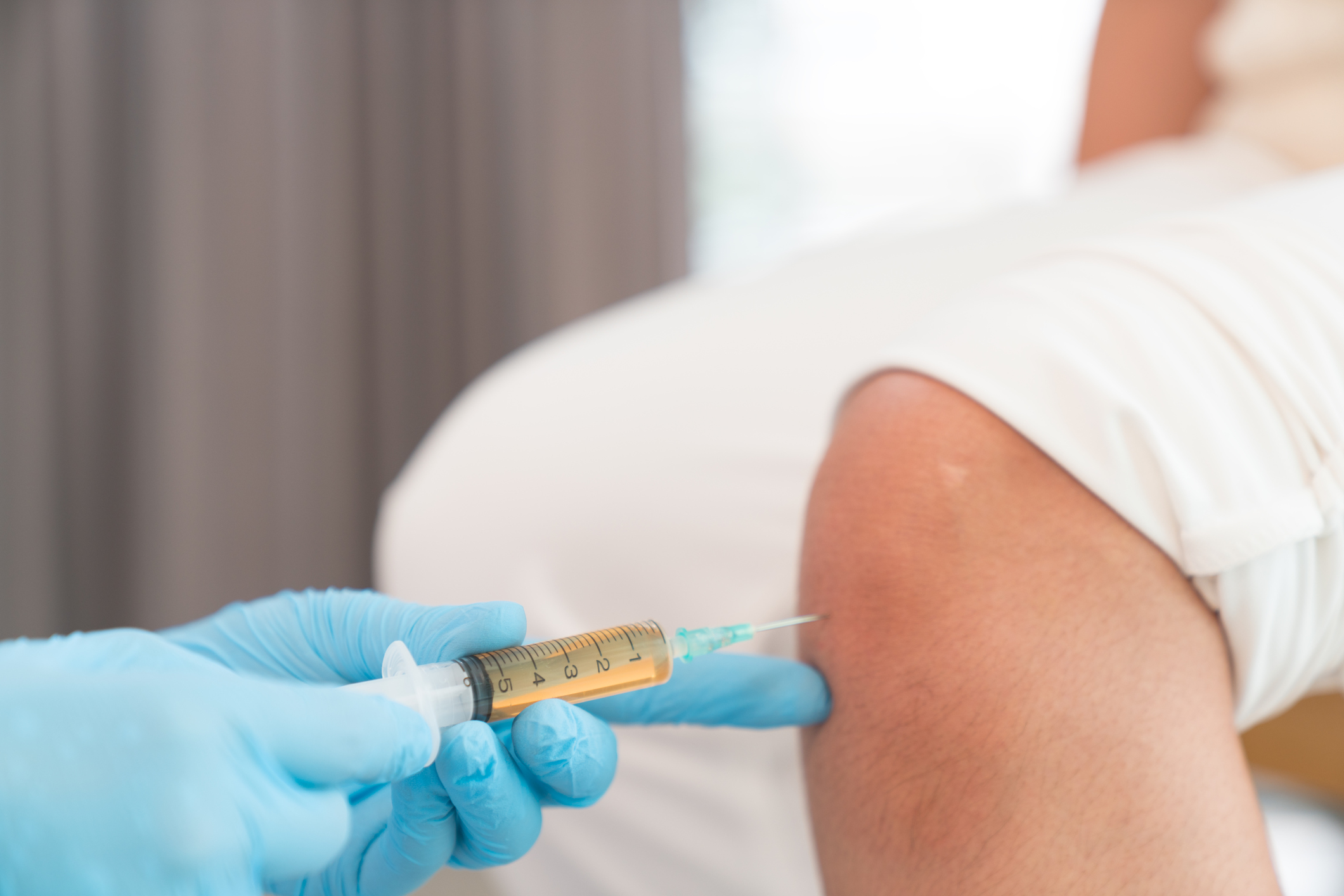
PRP Therapy For Knees: What to Know About Platelet-Rich Plasma (PRP) Therapy.
PRP therapy is a minimally invasive treatment that uses platelet-rich plasma to promote soft tissue regeneration. Platelet-rich plasma is a form of regenerative medicine that provides an optimum healing process to injuries and helps relieve pain. It uses injections of your own blood platelets to promote healing. While PRP therapy for knees has not received FDA approval yet, it’s offered in the U.S and several patients have benefited from it.
Platelet-rich plasma (PRP) is defined as autologous blood with concentrations of platelets above baseline levels that contain several growth factors. The blood used for platelet-rich plasma is drawn directly from the patient.
The collected blood is placed in a special centrifuge to separate the platelets and to form the PRP-concentrated substance. When the right concentration is achieved, the PRP substance is injected into the injured areas, such as the knee.
Platelets (or thrombocytes) are a type of blood cell that is produced in the bone marrow. Their main function is clotting blood. Platelets contain growth factors. These are proteins that are helpful in healing injuries.
Your doctor will collect a small amount of blood from you. He/she will place your blood into a centrifuge. This spins the blood at different speeds until it separates into different layers. One layer is the platelet-rich plasma. This layer of plasma may have as much as three times more platelets than regular blood.
The platelet-rich plasma will then be injected into your knee. Your doctor may first numb the area with a local anesthetic. The pain at the site may increase for the first two weeks. It could be several weeks before you feel any improvement.
Recovery. After your treatment, your doctor might recommend you:
PRP substances are obtained from the patient’s own blood, thus, his or her own platelets are used as PRP injectables. In most cases, the patient does not experience any adverse reactions to the injections.
PRP therapy for knees Woodstock GA is not only safe but effective and reliable in providing pain relief. It also ensures the reduction of swelling and discomfort.
Advanced PRP treatment uses a high concentration of platelets that are rich in growth factors. PRP therapy helps provide pain reduction and boosts damaged tissue repair. It can also help boost the healing process of injuries.
Are you dealing with severe knee pain most of the time?
PRP therapy works as a prolotherapy treatment that heals wounds and damaged soft tissues. It works by supplying the injured knee or other injured areas of the body with cytokines, natural proteins, and other bioactive growth factors.
PRP therapy may help with the following common conditions:
PRP therapy is beneficial to athletes who have sustained injuries while playing, as well as patients with orthopedic conditions. The goal is to help reduce joint degeneration, tissue deterioration, and pain progression.
The effectiveness of platelet-rich plasma treatment depends on several factors, including:
While some randomized trials have found that platelet-rich plasma treatment may not be effective, some clinical trials support its use.
Knee Osteoarthritis. When it comes to PRP therapy for knees, studies have shown that some types of platelet-rich plasma treatment can be effective in improving low- to moderate-grade knee osteoarthritis.
Some studies have found that platelet-rich plasma injections significantly reduced pain compared to traditional treatments. The patient’s physical function also improved significantly. These benefits continued at 3-, 6-, and 12-month follow-ups.
Treatment of knee osteoarthritis is difficult because of the low regenerative capability of knee cartilage. There are no cures for osteoarthritis. Treatment focuses on improving symptoms and delaying the need for knee replacement surgery.
Chronic Tendon Injuries. Platelet-rich plasma may be effective in treating chronic tendon injuries like tennis elbow. However, for other chronic tendon injuries, such as jumper’s knee, some experts say that platelet-rich plasma treatment may not be more effective than traditional treatment.
PRP therapy is one of the cutting-edge pain management treatments today. It has significantly enhanced the healing process for most musculoskeletal injuries and other soft tissue damages. Here are 5 benefits of PRP therapy:
PRP therapy may help provide relief to those who are suffering from trauma and other sports-related injuries. Sports injuries may affect joints, tendons, ligaments, muscles, and other soft tissues of the body.
Muscle injuries happen when the force against the muscle is so great that the tissue begins to tear. Ligaments, on the other hand, take time and are difficult to heal.
This makes PRP therapy a great option to help athletes in their healing process from sports injuries. This treatment aims to restore the functionality and mobility of the injured joint or muscle.
The human anatomy is complex. When a muscle, joint, ligament, or any part of the body is injured, it may take time to heal. In most cases, depending on the severity of the injury, healing may take months or even years.
PRP therapy is an advanced technique that provides a fast, safe and effective healing process. This pain management treatment also effectively reduces inflammation and swelling.
One of the most common causes of knee osteoarthritis is the severe reduction of hyaluronic acid. Hyaluronic acid is responsible for lubricating and cushioning the joints to keep them working smoothly.
Patients with osteoarthritis who are suffering from severe knee pain can greatly benefit from PRP therapy. PRP therapy for knees Woodstock GA can help restore hyaluronic acid concentration in the knees due to synovial fibroblast and hepatocyte growth factors in the platelet substance. Thus, reversing joint damage and eliminating disease progression.
In the 2015 report published in Epoch Times, PRP therapy was found to help chronic back pain, which is often very difficult to treat. PRP therapy can help reduce back pain by improving structural elements such as ligaments, discs, and joints.
The PRP therapy starts with the collection of blood samples from the patient. The blood is then processed for concentration. The aim is to produce platelet-rich plasma that contains the needed ingredients and growth factors specific to the patient’s injury or condition.
The derived substance is then injected into the affected area. This procedure can also reduce the need for surgery.
These are just but a few of the benefits of PRP therapy. This treatment can help promote the healing process of a wide variety of musculoskeletal pain and injuries using natural protein and growth factors found in the platelet.
PRP therapy and stem cell treatment are both reliable and effective regenerative medicine procedures. PRP therapy is used for common injuries such as tendonitis, torn ligaments, and other soft tissue injuries. Stem cell therapy is used for more complex cases such as arthritis.
Platelet-rich plasma (PRP) is taken from the patient’s blood, while stem cells are harvested from the patient’s bone marrow. In most conditions, PRP therapy or stem-cell treatment is used as a single procedure. However, in advanced conditions such as osteoarthritis, PRP therapy may be used singlehandedly or in combination with stem cell treatment.
There is no chance of an allergy or immune reaction to platelet-rich plasma treatment since the plasma is taken from the patient’s own blood. Side effects and complications are rare but may include pain at the injection site and a low risk of infection.
The total cost of platelet-rich plasma treatment, including facility fees and physician fees, can range between $750 to $2000. For some patients, more than one injection may be needed. In comparison, the cost of surgery for various musculoskeletal conditions can vary between $10,000 to $15,000.
Platelet-rich plasma therapy isn’t currently covered by insurance because the treatment is not approved by the FDA. Check with your insurance to find out more.
You may be a good candidate for PRP therapy if you have mild to moderate osteoarthritis or a tendon injury that is causing chronic knee pain. Rest, medications, and physical therapy are often the first types of treatment, so if these don’t provide enough relief, you might have to try PRP therapy.
In general, PRP therapy may not be appropriate for you if you have cerebral palsy, cancer, or Parkinson’s disease. If you have a current infection or multiple health issues, PRP therapy may also not be a good option for you.
Your doctor can give you specific advice based on your knee problem as well as your overall health.
If you are experiencing knee pain, Advanced Health Solutions – GA Spine & Disc offers top-notch PRP therapy for knees Woodstock GA that can provide you relief.
Call us now at (770) 212-3991 or contact us online to book an appointment today to find out if you’re the right candidate for PRP therapy.
Even if PRP treatment isn’t right for you, our experienced and knowledgeable doctors will still explore various treatment options to ensure you get the treatment that can relieve your pain.
Don’t suffer alone, we are to help you!



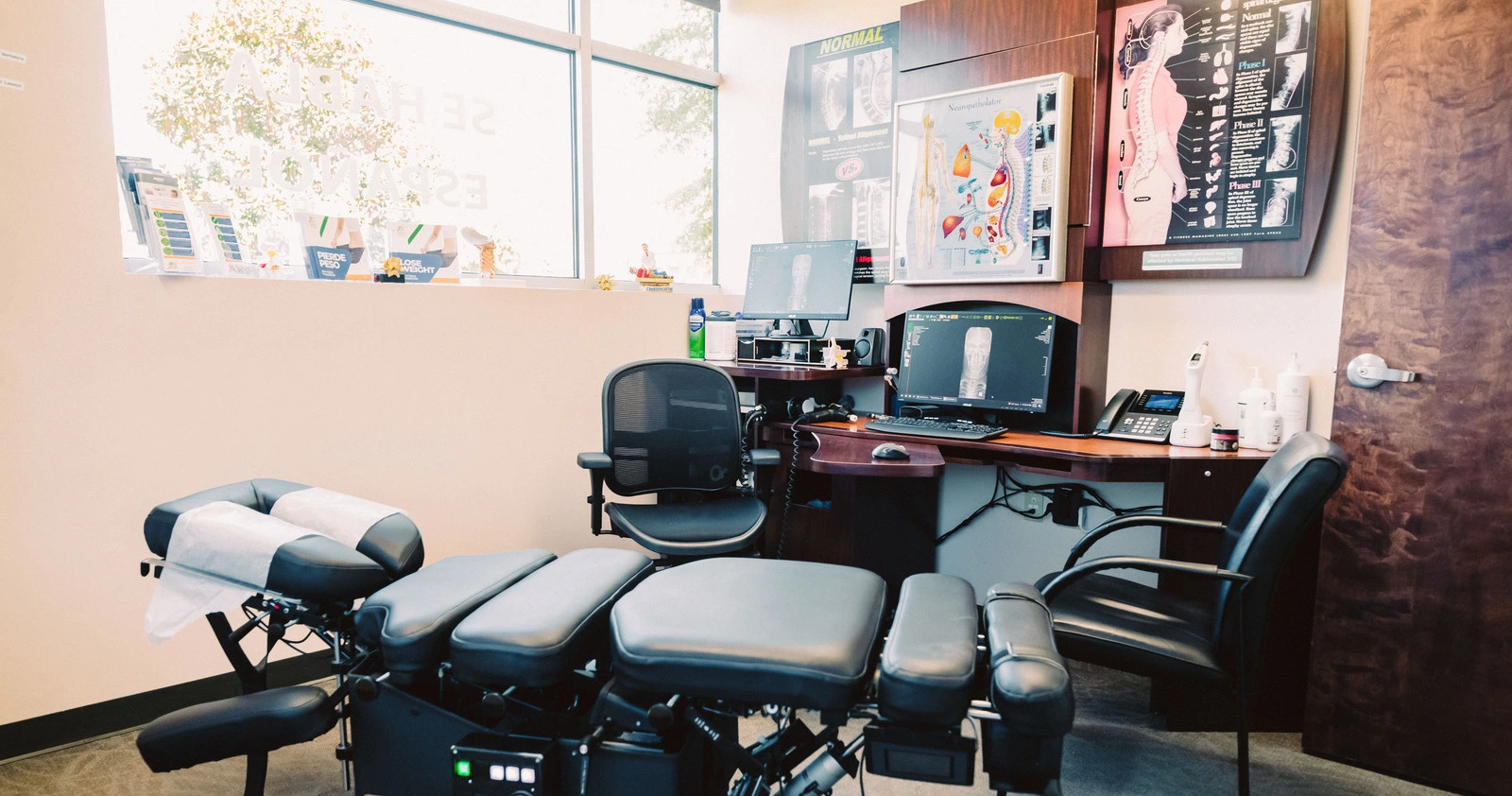

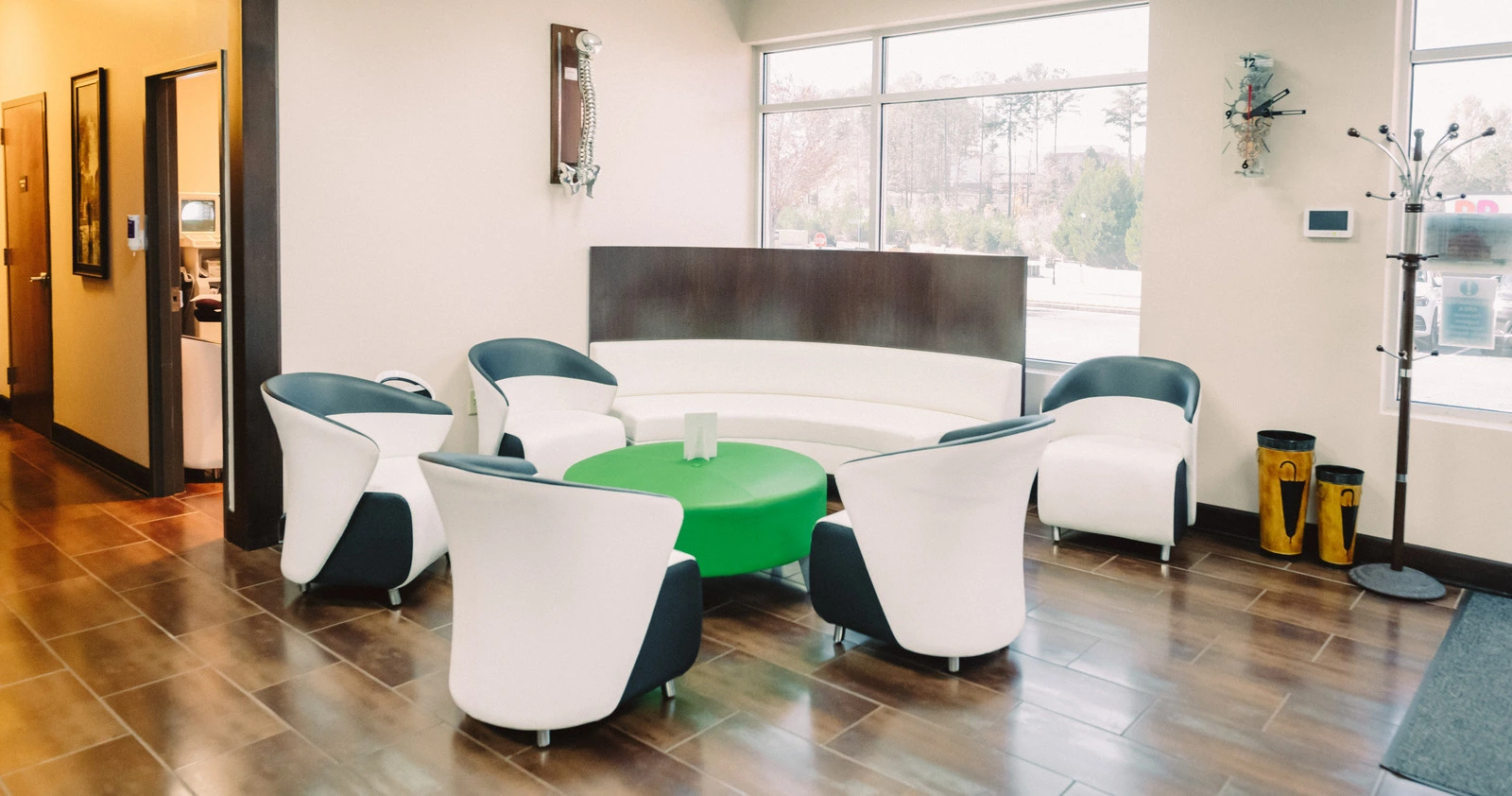


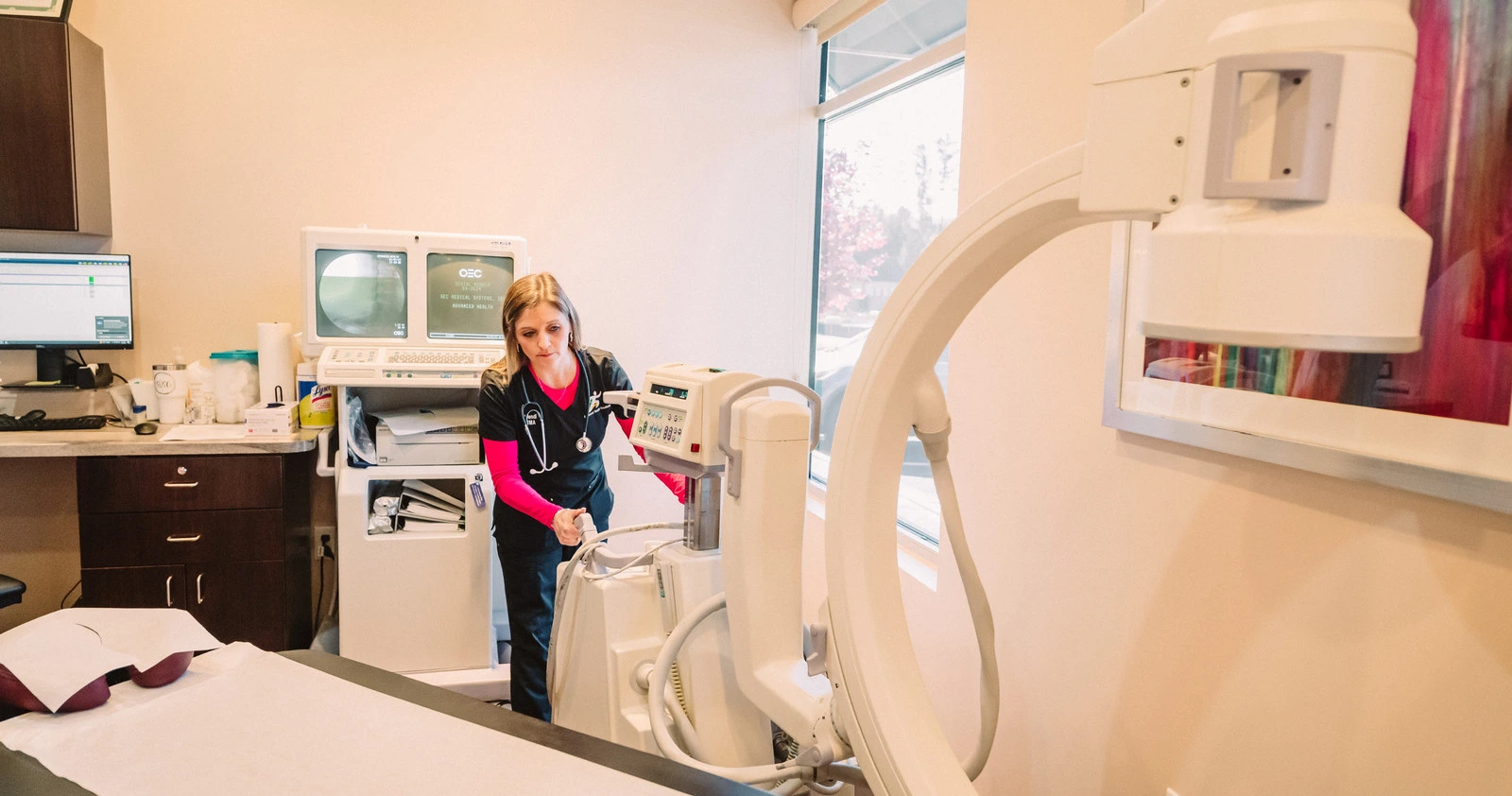
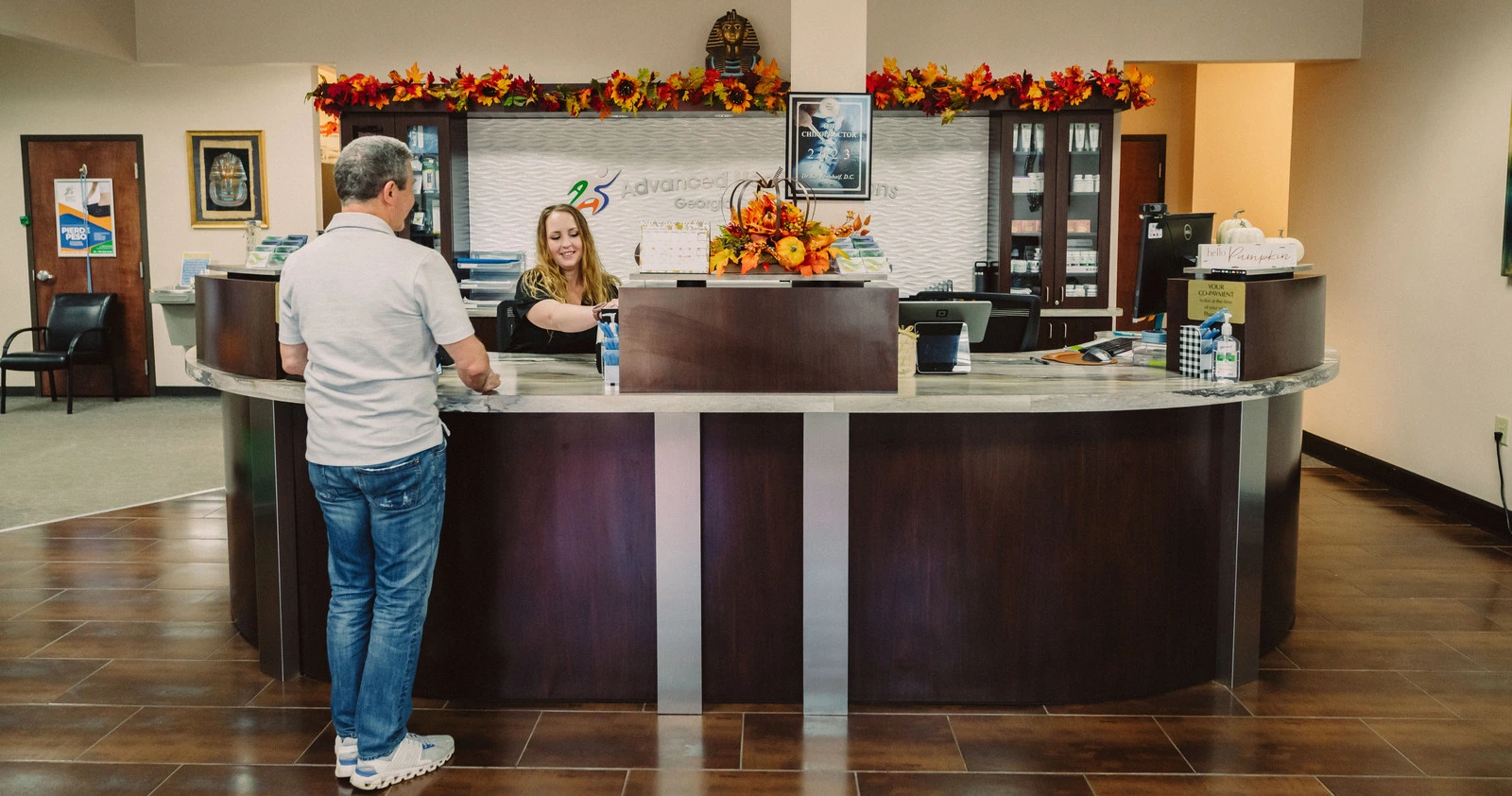
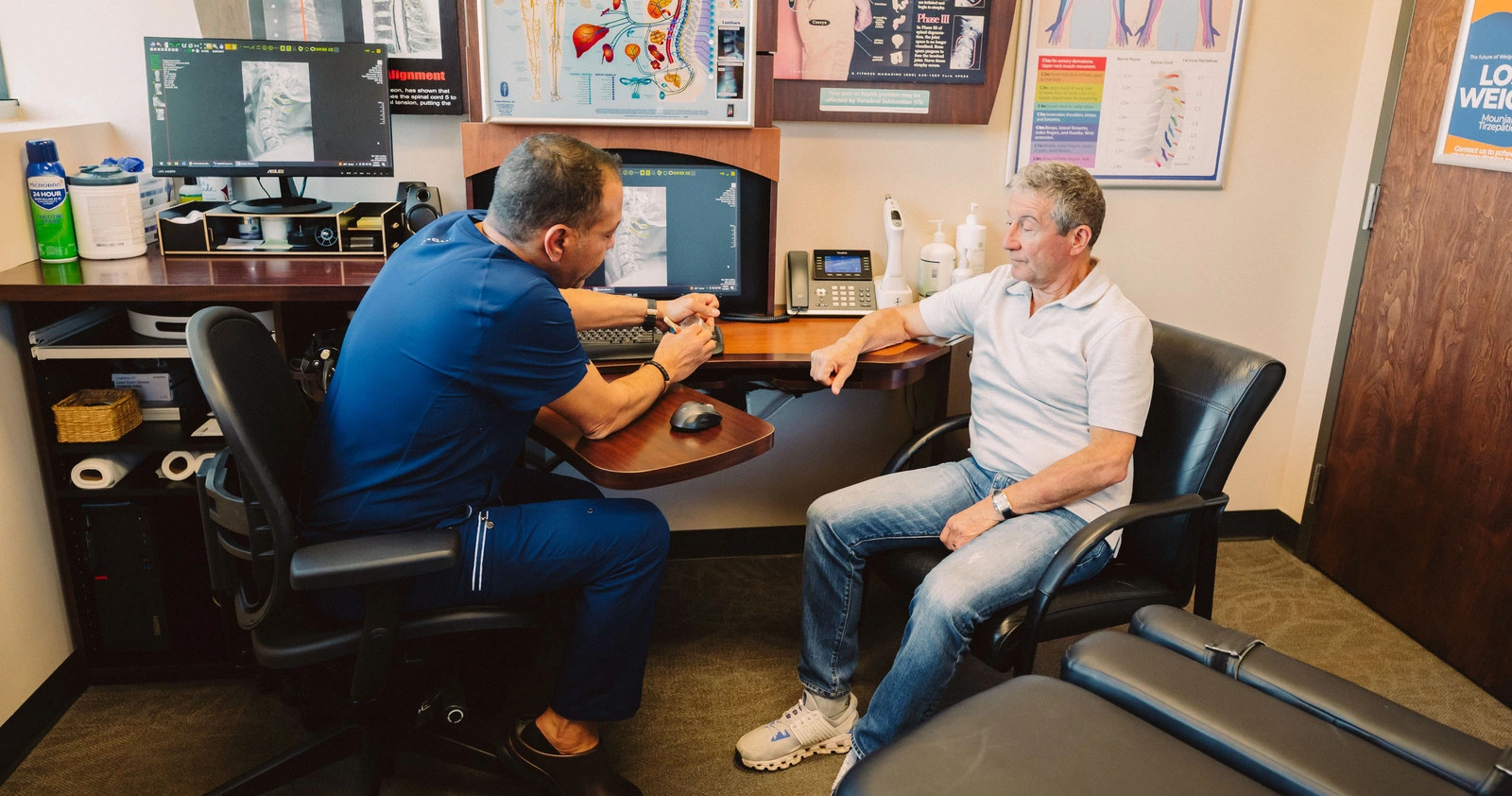


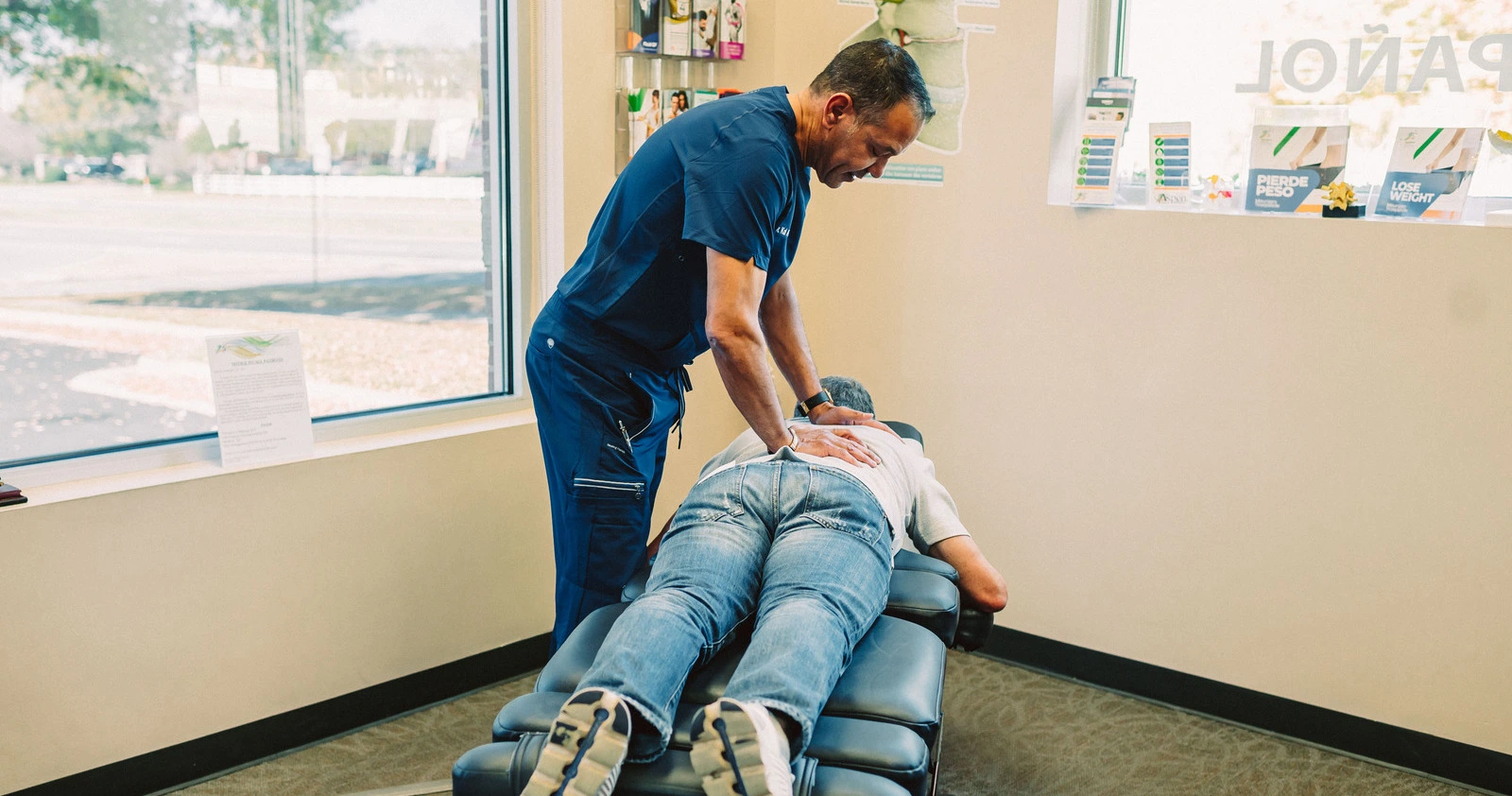
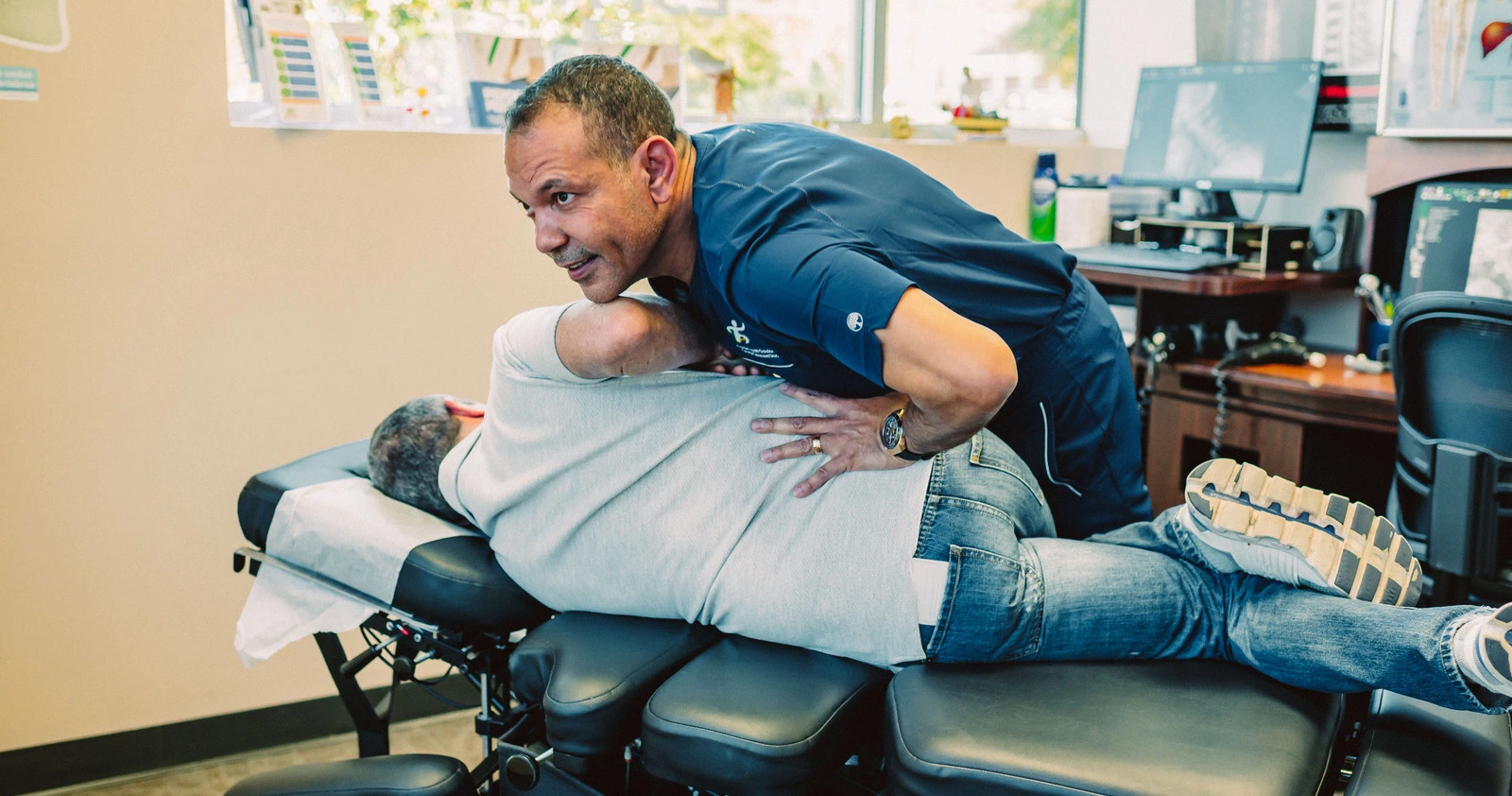
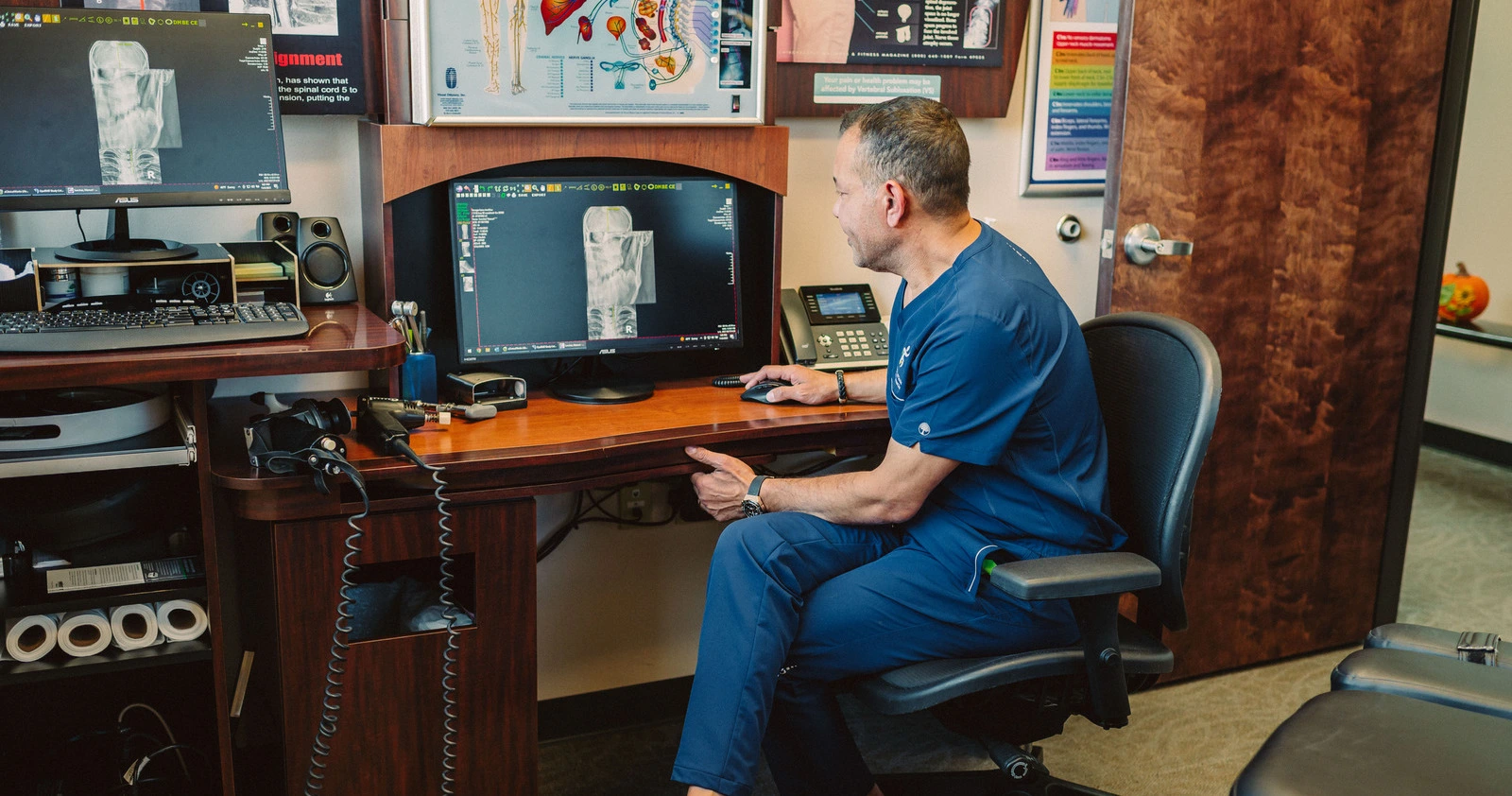

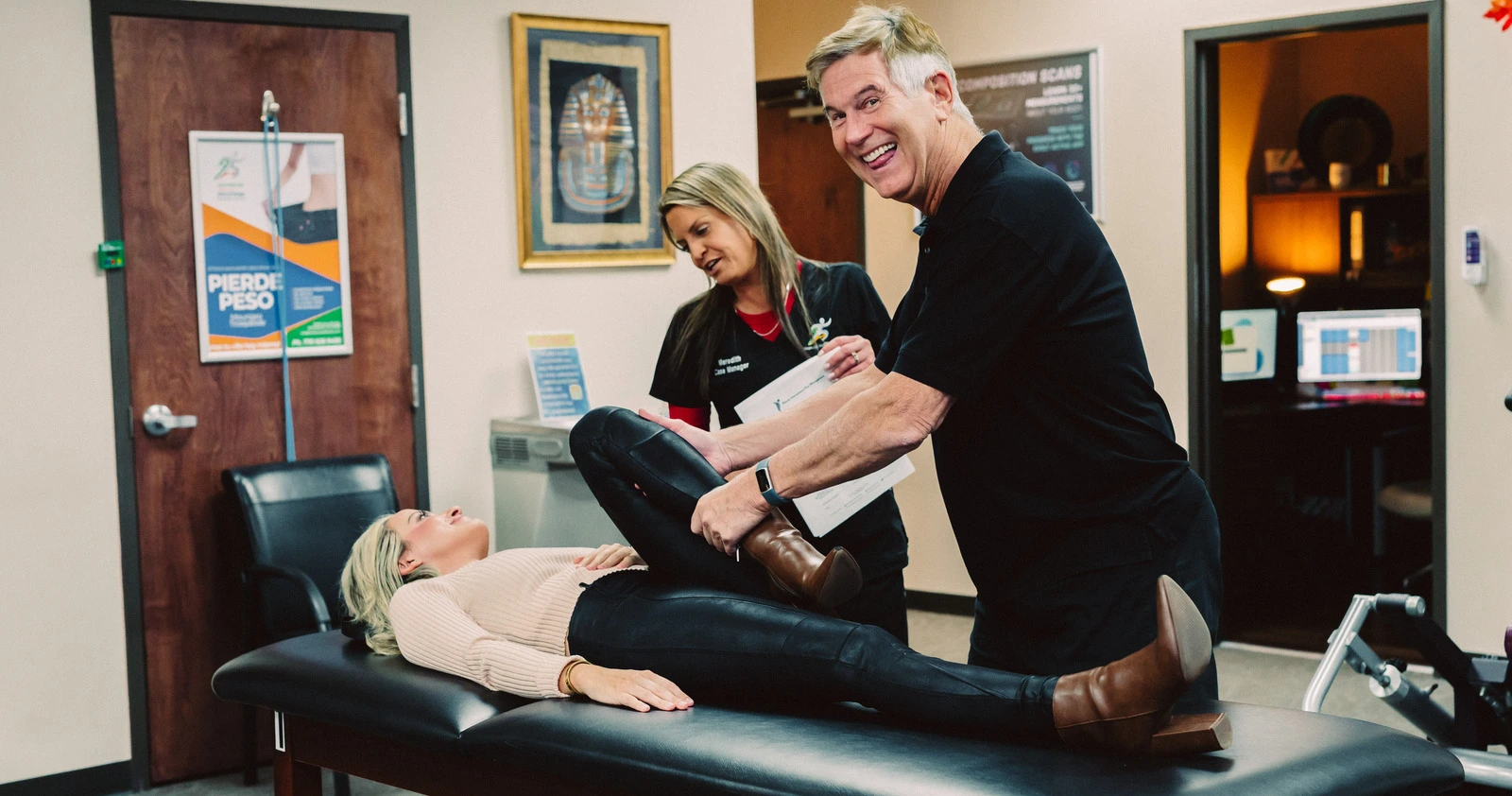
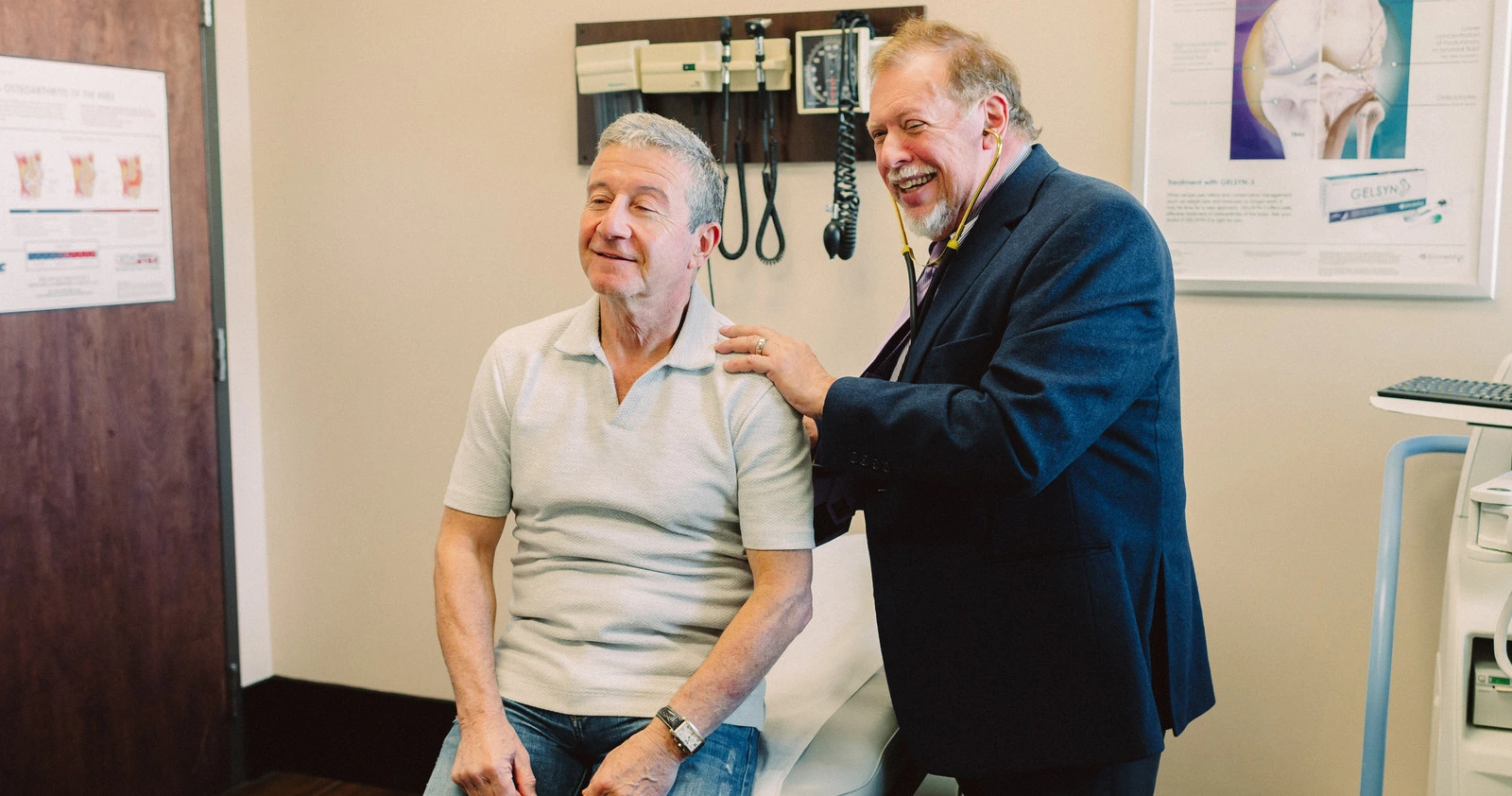
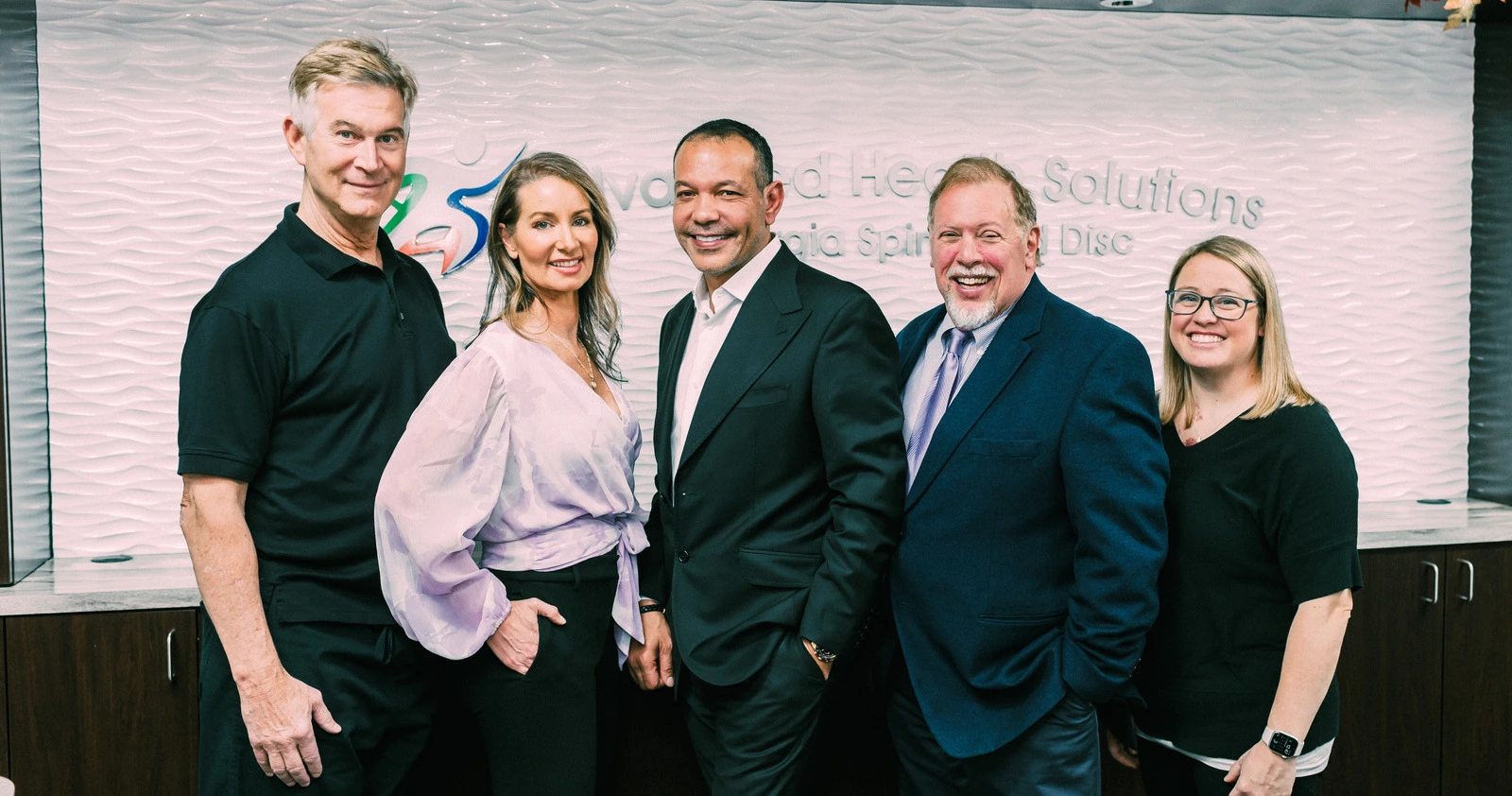
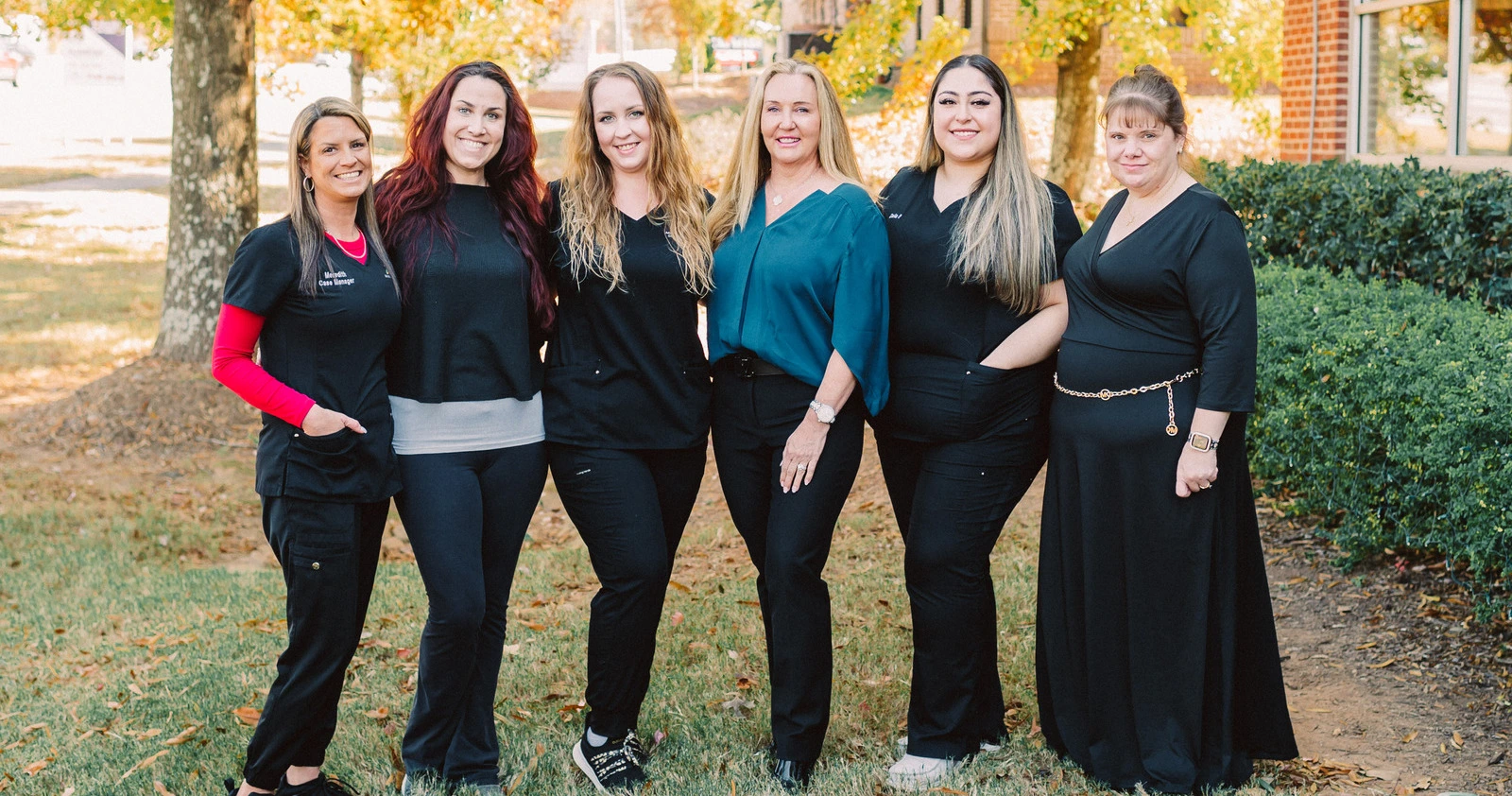
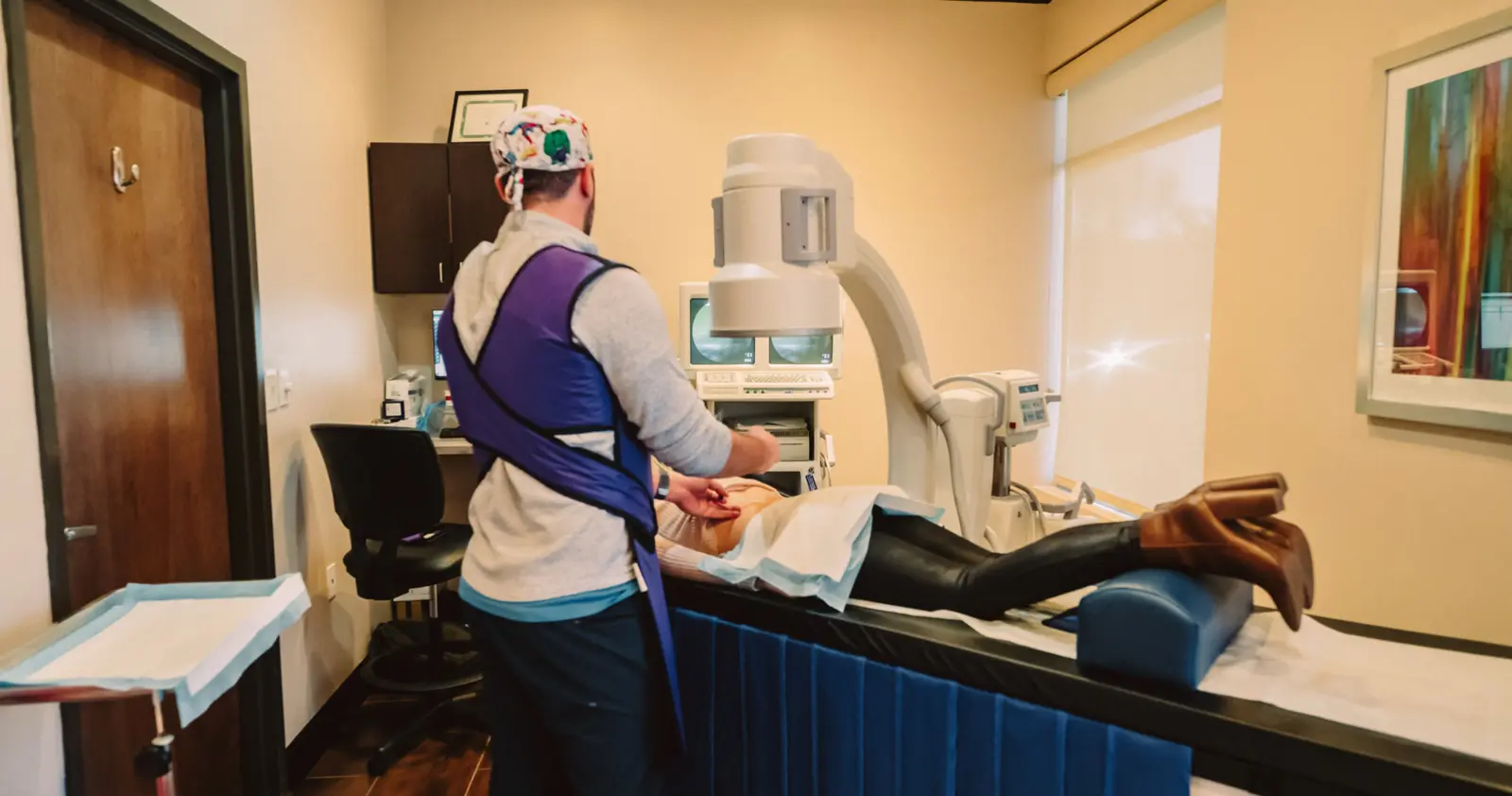
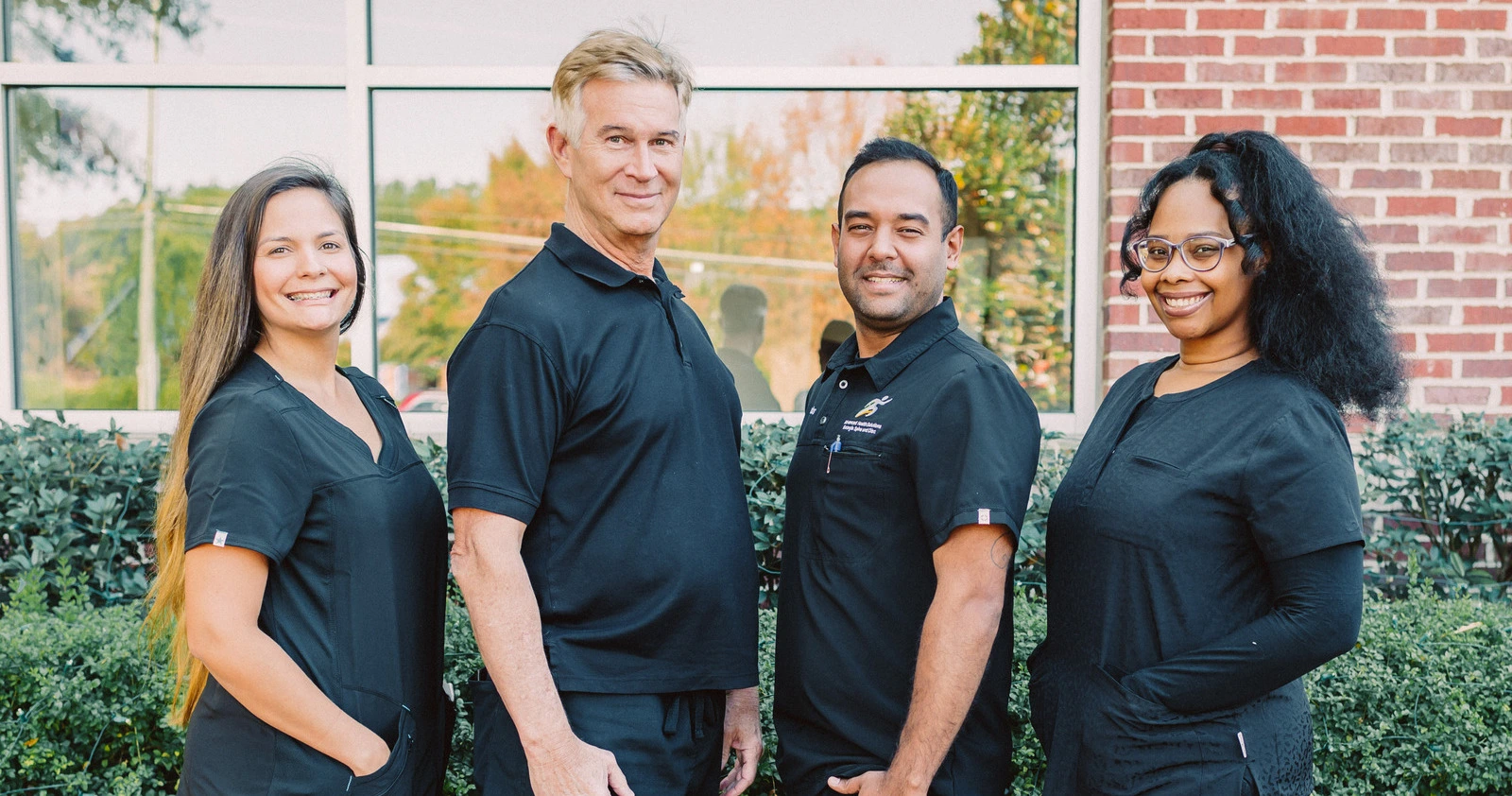
Our medical clinic offers a wide range of services, including primary care, specialty care, preventive care, diagnostic testing, chiropractic, physical therapy, and more. We strive to provide comprehensive and personalized healthcare to our patients.
Our medical professionals are highly trained and experienced in their respective fields. We have a team of doctors, nurses, specialists, and support staff who are dedicated to providing quality care and ensuring the well-being of our patients.
Our clinic(s) are conveniently located in a central area, with easy access to public transportation and ample parking facilities. We understand the importance of accessibility and strive to make it convenient for our patients to reach us. See all locations
We take pride in our high patient satisfaction rates and positive outcomes. We regularly collect feedback from our patients to continuously improve our services and ensure we meet their expectations. Read Our Reviews
We strive to work with a wide range of insurance providers to ensure that our services are accessible to as many patients as possible. We also offer flexible payment options and financial assistance programs to make healthcare affordable for our patients.
The purpose of this visit is to assess your symptoms, diagnose any potential conditions, and provide appropriate treatment or recommendations. Your healthcare provider will outline the recommended treatment plan, which may include medications, lifestyle changes, therapies, or referrals to specialists, depending on your condition.
In addition to our core medical services, we may offer additional benefits such as extended hours, online appointment scheduling, electronic medical records, and patient education resources.
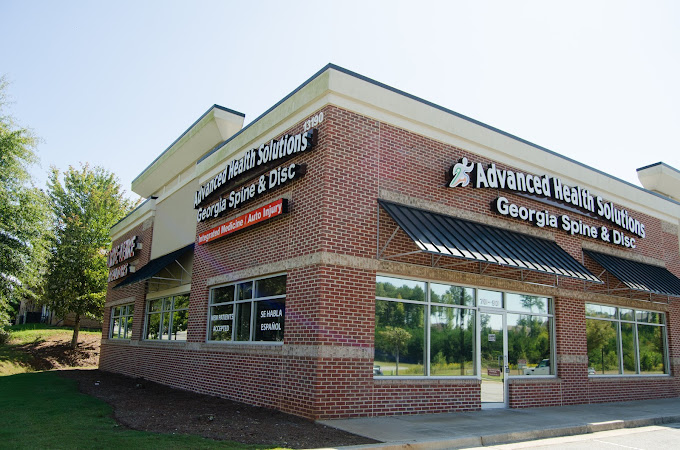

We are a Multidisciplinary Clinic with over 75 years of Combined Experience